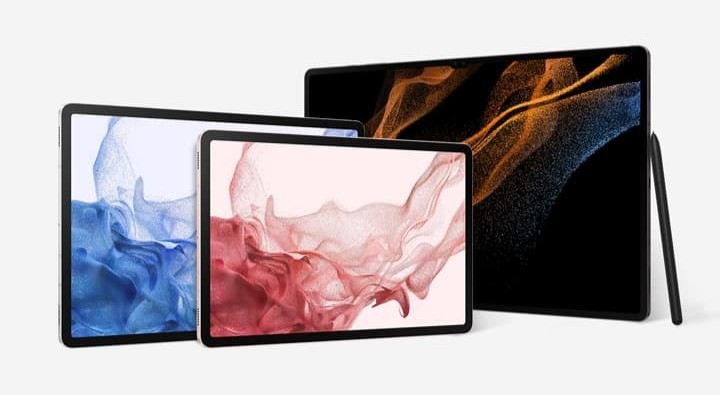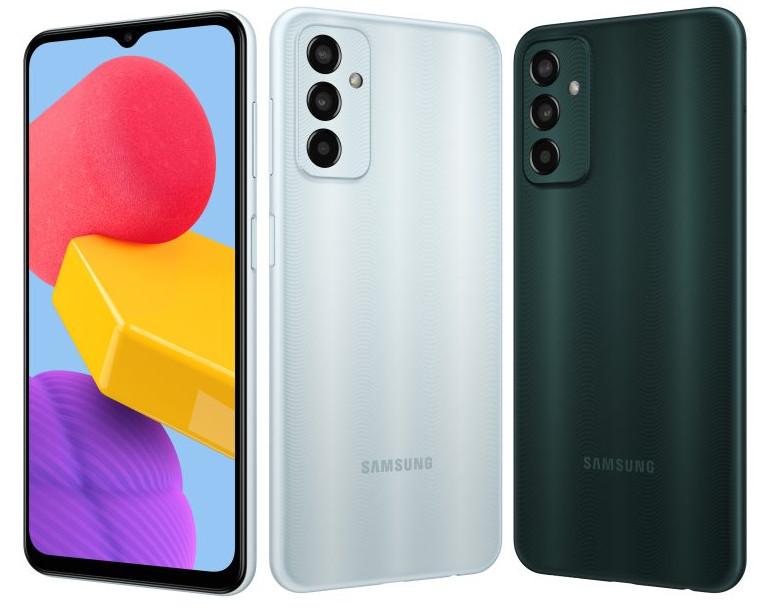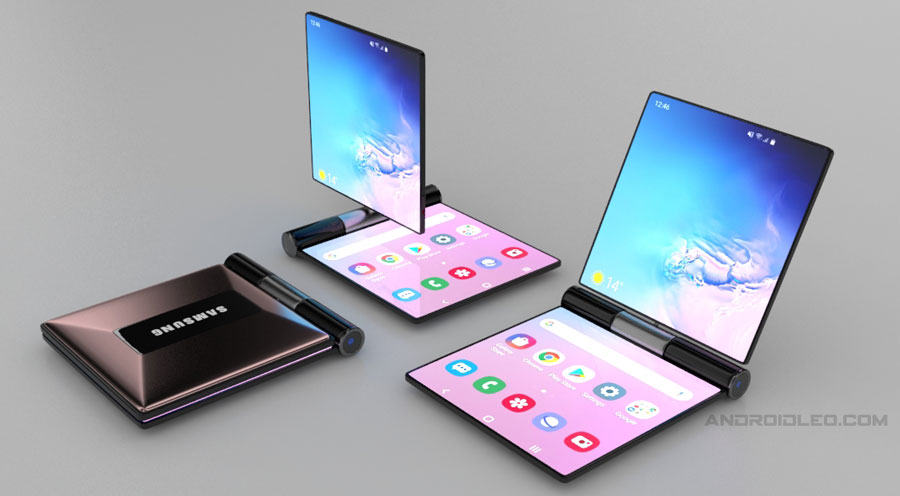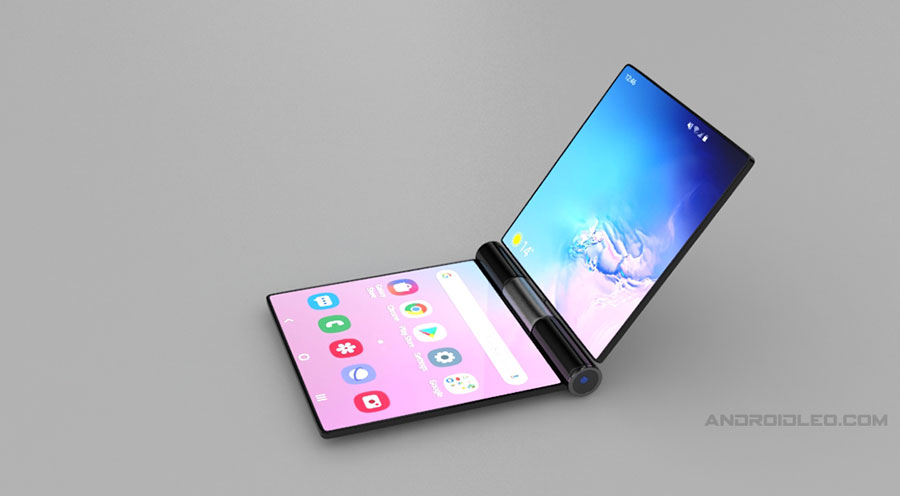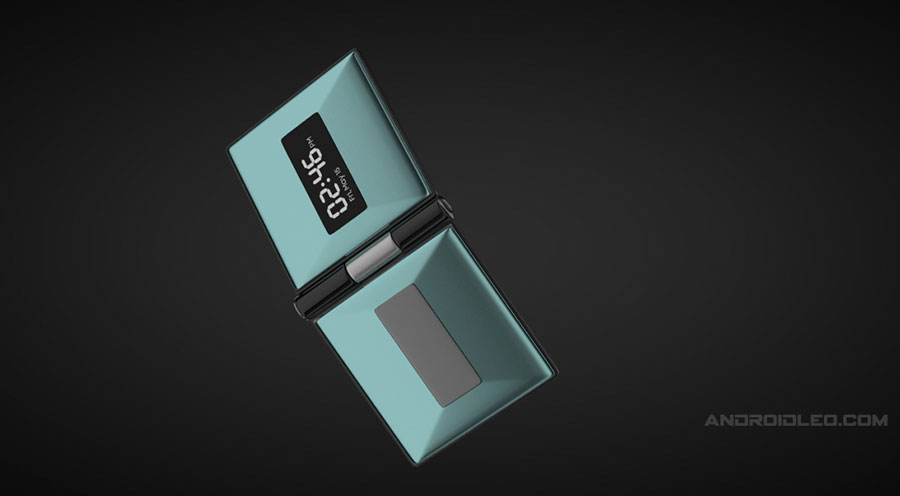The South Korean tech giant officially unveiled its three new flagship tablets on February 9, which includes the Galaxy Tab S8, S8+ and S8 Ultra. The most expensive of the three is the S8 ultra Tablet with a starting price of $1,100. It is the most powerful android tablet available in the market, powered by 4nm Snapdragon 8 Gen 1 chipset. Samsung tab S8 ultra is available with a very slim design, where the notch has been used in the display to house the front facing camera.
The Galaxy S8 slab has a 14.6 inch AMOLED display with 1848 x 2960 pixel screen resolution, 120Hz refresh rate and gorilla glass 5 protection. Device is powered by 4nm snapdragon 8 Gen 1 SoC that is packed with 8GB, 12GB and 16GB of RAM. This tablet has three storage variants – 128GB/256GB/512GB. In addition, it is allowing a dedicated SD-card slot for storage expansion.
Now Coming to optics department, Samsung tab S8 ultra has a dual camera configuration on the rear, includes 13-megapixel wide-angle lens, and an another 6MP ultra-wide sensor. It also equipped a 12MP + 12MP camera setup on the front. Ultra tablet runs on Android 12 with OneUI 4.1 skin on the top, this Samsung slab is fueled by a Li-Po 11200mAh non-removable battery, 45W fast wire charging support.
Samsung Galaxy tab S8 ultra is paired an optical in-display fingerprint reader. Other features of connectivity segment, the tablet supports 5G, LTE, HSPA, GSM networks. It also featured with A-GPS, bluetooth 5.2, Wi-Fi 802.11 a/b/g/n/ac/6e, dual-band, hotspot. additionally, Galaxy slab is available with 3.5mm headphone jack.
Also Read : Samsung Galaxy S23 Concept Design with Price, specifications
The unexpectedly, You can only buy this tablet in one colour- Graphite. Galaxy tab S8 ultra, the biggest tablet of bunch is starting at $1,100 for 128GB version. while 256GB and 512GB models are priced at $1200 and $1400 respectively. For India, Its WiFi version is comes with the price tag of Rs 1,08,999 for 256GB, and same storage configuration with Rs 1,22,999.00.
| DISPLAY | |
|---|---|
| Size | 14.6-inch |
| Resolution | QHD+ (1848 x 2960 pixels) |
| Type | Super AMOLED |
| Pixel density | 240 PPi (pixels per inch) |
| Protection | Gorilla Glass 5 |
| Other | 120Hz refreshes rate, HDR10+ |
| CAMERA | |
| Rear camera | 13MP (Wide-Angel), f/2.0 6MP (Ultra-wide), f/2.2 |
| Image Stabilization | Yes |
| Slow Motion | 30fps at 1080p 60/30fps at 4K |
| Video | 4K recording at 30fps |
| Zoom | Yes |
| Flash | Yes |
| Front | 12MP (wide) f/2.2 12MP (ultra-wide), f/2.4 |
| 3.5mm Jack | No |
| Features | Auto-HDR, panorama, Night Mode |
| PLATFORM | |
| Chipset | Snapdragon 8 Gen 1 |
| CPU | Octa-core |
| GPU | Adreno 730 |
| Operating System | Android 12 |
| Skin | One UI 4.1 |
| FEATRUES | |
| Sensors | Fingerprint (in-display), accelerometer, gyro, proximity, compass |
| Other | wireless Samsung DeX |
| STORAGE | |
| RAM | 8GB, 12GB, 16GB |
| Internal | 128GB/256GB/512GB |
| Card Slots | Yes, microSDXC |
| BATTERY | |
| Charging | 11200 mAh, Non-removable Fast charging 45W |
| CONNECTIVITY | |
| SIM | Nano SIM |
| Network | 5G, LTE, HSPA, GSM |
| WLAN | Wi-Fi 802.11 a/b/g/n/ac/6e, dual-band, Wi-Fi Direct, hotspot |
| Bluetooth | 5.2, A2DP, LE |
| GPS | Yes, with A-GPS, GLONASS, BDS, GALILEO |
| NFC | No |
| USB | Type-C 3.2, magnetic connector |
| Radio | No |
| BODY | |
| Dimensions | 326.4 x 208.6 x 5.5 mm |
| Weight | 726 g (WiFi) / 728g (5G) |
| Color | Graphite |
| SAR | 0.69 W/Kg (body) |
| Other | Stylus, (bluetooth integration, acceleration, gyro) |
| GENERAL | |
| Model | SM-X900, SM-X906, SM-X906B, SM-X906U, SM-X906N |
| Status | announced February 9, Released March 2022 |
| Price | $1,100 | Rs 108,999 |
